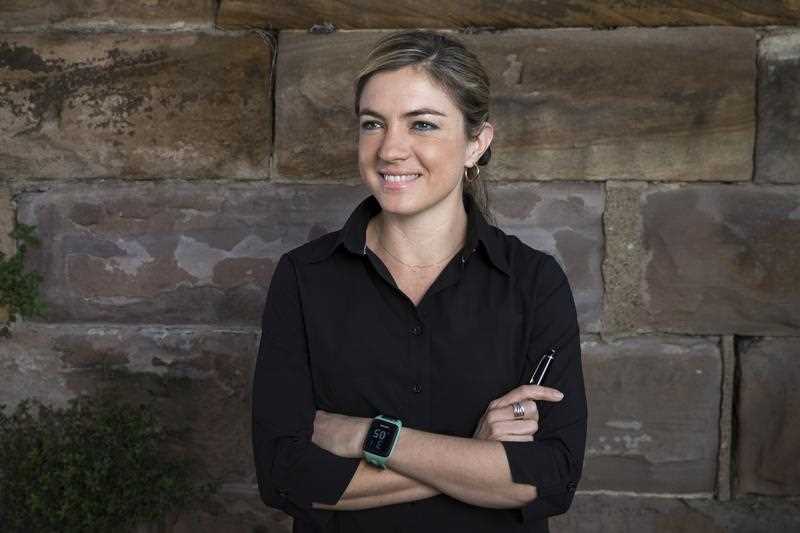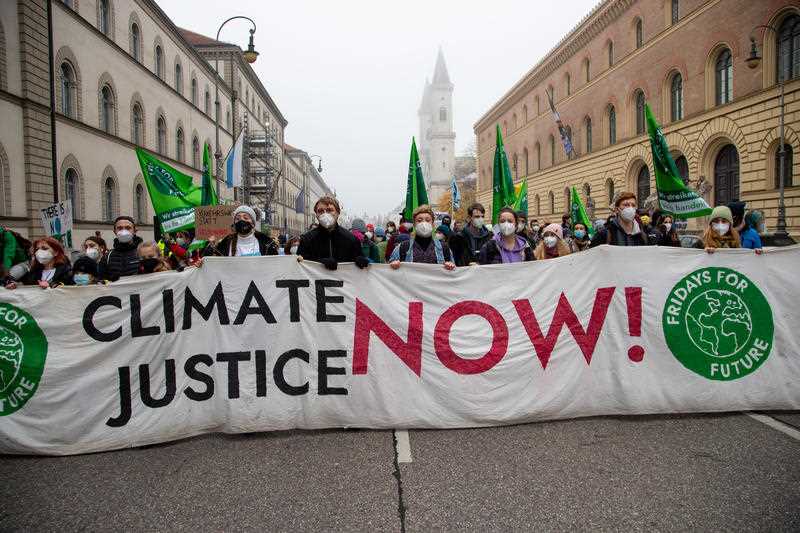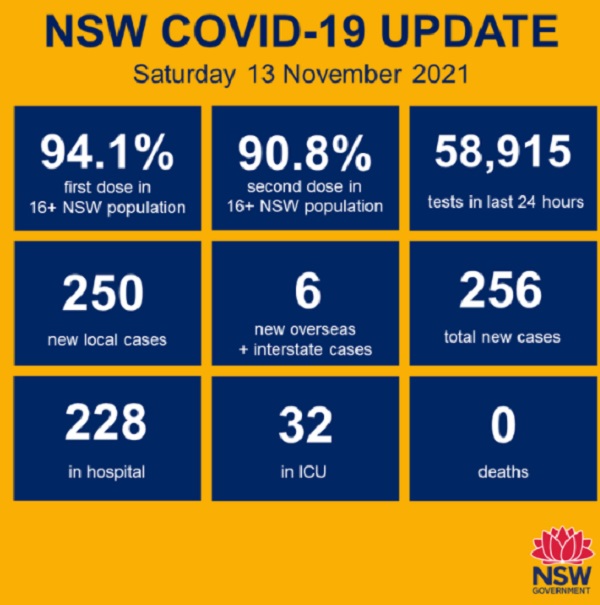Selected
- Details
- Written by NSW News
- Category: Selected
- Hits: 127
NSW recorded 195 new locally acquired cases of COVID-19 in the 24 hours to 8pm last night.
They included 51 from South Western Sydney Local Health District, 42 from Hunter New England LHD, 25 from Murrumbidgee LHD, 22 from Western Sydney LHD, 12 from Sydney LHD, 11 from Northern Sydney LHD, eight from South Eastern Sydney LHD, five from Far West LHD, four from Mid North Coast LHD, five from Nepean Blue Mountains LHD, two from Southern NSW LHD, two from Central Coast LHD, two from Northern NSW LHD, one from the Illawarra Shoalhaven LHD, and three are yet to be assigned to a health district.
One new case was acquired interstate, bringing the total number of cases in NSW since the beginning of the pandemic to 78,204.
The 24 hours also saw the death of a man in his 80s from the Blue Mountains. He had received two doses of a COVID-19 vaccine and had underlying health conditions.
There are currently 224 COVID-19 cases admitted to hospital, with 32 people in intensive care, 16 of whom require ventilation.
There were 57,878 COVID-19 tests reported to 8pm last night, compared with the previous day’s total of 58,915.
NSW Health's ongoing sewage surveillance program has detected fragments of the virus that causes COVID-19 in sewage samples collected from Dungog and Wardell.
Everyone in these areas is urged to monitor for the onset of symptoms, and if they appear, to immediately be tested and isolate until a negative result is received.
- Details
- Written by Grant Broadcasters
- Category: Selected
- Hits: 116

Building sites have long had a reputation for rudeness, crudeness and toxic masculinity, and judging by damning research statistics released by recruitment specialists Randstad, it's well deserved.
The data shows two in every five women working in construction have experienced gender discrimination on the job and nearly two thirds have endured inappropriate comments or behaviour from colleagues.
A shocking one in four women in the industry say their sex is preventing them moving up the career ladder.
But there is change in air.
As a new generation of builders emerge, replacing the old guard, there is hope for a industry beset with negative connotations that is, even now, dominated by men, 8 to 1.
Dominique Gill was an architect before deciding she was less interested in design and theory and more interested in "boots on concrete".
She retrained as a builder and spent nine years working for a top Sydney construction firm.
But keen to see other women join the industry and frustrated by her employer's reluctance to let her be involved in hiring or policy writing, Gill founded her own company five years ago.
Named Urban Fitouts and Construction, it's grounded in diversity and inclusion.
"It was something I became passionate about," says Gill, adding that women in construction are often more creative and collaborative and their projects are more profitable.
"This far into the 21st century I should be part of the next generation of women running construction companies, not the first.
"One of the things that I deplore is that I feel like a pioneer."
Gill's first hurdle after starting her business was to get people to take her seriously as a builder.
"Where's your toolbelt?" she recalls being asked repeatedly during meetings.
"If it was a man in a suit introducing myself in a meeting as a builder, that question would never be asked."
But the industry is changing, Gill says. The sexism, harassment and intimidation of old is not as prevalent as it once was, as a younger more egalitarian workforce takes the helm.
And it's not just benefiting the women, she adds.
"The men who work with us feel more comfortable too.
"The same culture that intimidates women intimidates men."
Seeing women like Gill running big companies is key to inspiring young women to join the industry, says Randstad's diversity and inclusion lead, Kerry McQuillan.
"It's all about visibility," she told AAP.
Image: RANDSTAD AUSTRALIA
Gone are the days of the buff 'tradies' dominating the heavy lifting on site. There is equipment available so a 'weaker' woman or slight man is just as capable of doing the hard yakka, she says.
"There aren't many jobs on a construction site that you need to be superman do anymore."
© AAP 2021
- Details
- Written by Grant Broadcasters
- Category: Selected
- Hits: 118

United Nations climate talks in Scotland have ended with a global agreement that aimed at least to keep alive hopes of capping global warming at 1.5C, and so maintain some chance of saving the world from catastrophic climate change.
Conference chairman Alok Sharma was visibly emotional before banging down his gavel in relief on Saturday to signal there were no vetoes from the almost 200 national delegations present in Glasgow, ranging from coal- and gas-fuelled superpowers to oil producers and Pacific islands being swallowed by the rise in sea levels.
The two-week conference - extended into an extra day of tortuous negotiations - was the 26th of its kind but the first to call for a reduction in fossil fuels, which not only power much of the world's economy but are also the main cause of manmade global warming.
But there was last-minute drama as India, whose energy needs are hugely dependent on the coal it has in abundance, raised last-minute objections to this part of the agreement.
The clause was hurriedly amended to accelerating "efforts to phase down unabated coal power, and phase out inefficient fossil fuel subsidies", weakening what had been "efforts to phase out".
The change was met with dismay by the rich economies of the European Union and Switzerland as well as the Marshall Islands, one of the small Pacific island states whose existence is under threat from rising sea levels.
But all said they would let it stand for the sake of an overall agreement.
"The approved texts are a compromise. They reflect the interests, the conditions, the contradictions and the state of political will in the world today," said UN Secretary-General Antonio Guterres.
"They take important steps, but unfortunately the collective political will was not enough to overcome some deep contradictions."
Sharma had had the onerous task of balancing the demands of climate-vulnerable nations, big industrial powers, and those like India and China whose consumption or exports of fossil fuels are vital to their economic development.
His voice broke with emotion after he heard vulnerable nations express their anger over the last-minute changes.
"May I just say to all delegates I apologise for the way this process has unfolded and I am deeply sorry," he told the assembled delegates.
"I also understand the deep disappointment but I think, as you have noted, it's also vital that we protect this package."
The overarching aim that he set before the conference was one that climate campaigners and vulnerable countries had found far too modest - namely, to "keep alive" the 2015 Paris Agreement's target to cap global warming at 1.5C above pre-industrial levels.
The agreement in effect acknowledged that commitments made so far to cut emissions of planet-heating greenhouse gases are nowhere near enough, and asked nations to set tougher climate pledges next year, rather than every five years, as they are currently required to do.
Scientists say that to go beyond a rise of 1.5C would unleash extreme sea level rise and catastrophes including crippling droughts, monstrous storms and wildfires far worse than those the world is already suffering.
But national pledges made so far to cut greenhouse emissions - mostly carbon dioxide from burning coal, oil and gas - would only cap the average global temperature rise at 2.4 Celsius.
Jennifer Morgan, executive director of the campaign group Greenpeace, saw the glass as half-full.
"They changed a word but they can't change the signal coming out of this COP, that the era of coal is ending," she said. "If you're a coal company executive, this COP saw a bad outcome."
Developing countries argue that rich nations, whose historical emissions are largely responsible for heating up the planet, must pay more to help them adapt to its consequences as well as reducing their carbon footprints.
The deal gave the poorest nations more promises, but no guarantees, that they would finally get more of the financial help they have long been told they will get.
It urged rich countries to double finance for climate adaptation by 2025 from 2019 levels, offering funding that has been a key demand of small island nations at the conference.
Adaptation funds primarily go to the very poorest countries and currently take up only a small fraction of climate funding.
A UN committee will also report next year on progress towards delivering the $US100 billion ($A136 billion) per year in overall annual climate funding that rich nations had promised by 2020 but failed to deliver. And governments will be summoned to meet in 2022, 2024 and 2026 to discuss climate finance.
Yet even $US100 billion ($A136 billion) a year is far short of poorer countries' actual needs, which could hit $US300 billion ($A409 billion) by 2030 in adaptation costs alone, according to the United Nations, in addition to economic losses from crop failure or climate-related disasters.
© RAW 2021
Image: Alexander Pohl/Sipa USA
- Details
- Written by NSW News
- Category: Selected
- Hits: 174

No new coronavirus deaths have been reported in NSW in the previous 24 hours, for the first time in almost three months.
The milestone comes as vaccination rates across the state continue to climb, keeping hospitalisations low.
Some 90.8 percent of people over 16 are fully vaccinated and 94.1 percent of adults have had their first jab.
In the 12 to15 age group, more than 80 percent have had their first dose, and 72.4 percent both.
NSW reported 250 local COVID19 cases in the 24 hours to 8 pm on Friday, 36 lower than the previous day.
There are 228 people in hospital, also down on the previous day's tally, with 32 in intensive care.

54 new COVID19 cases are from South Western Sydney Local Health District., 39 are from the Hunter New England area and five are from Illawarra Shoalhaven.
The last time the state recorded no new deaths in a reporting period was more than 11 weeks ago, on August 24.
High vaccination rates also mean from Monday NSW Health will no longer list case locations that a COVID-19 positive person has attended.
Also from Monday, elective surgery will begin to return to full capacity in Greater Sydney.
Page 122 of 191
